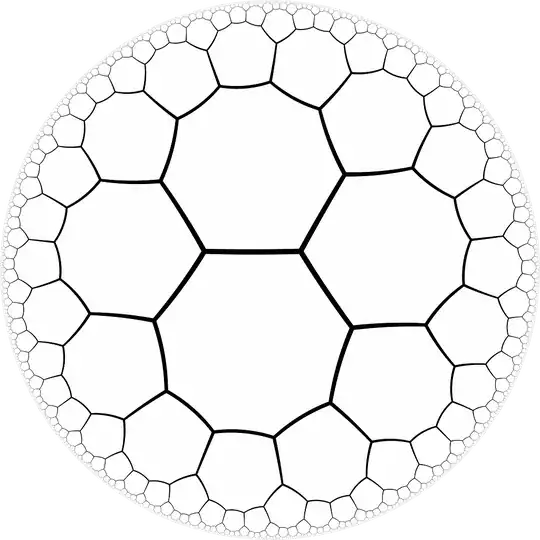The torus $T^2$ arises as a quotient space $\Bbb{C}/\Gamma$ for some lattice $\Gamma=\Bbb{Z}\gamma_1+\Bbb{Z}\gamma_2$ for $\gamma_1,\gamma_2\in\Bbb C$.
One could think of this as gluing a $4g$-gon where $g=1$.
Can we find the two holed torus $T^2\# T^2$ as a quotient space $\Bbb{C}/Y$? I can see that we can obtain it from gluing an $8$-gon, but am not sure that we can get it as a quotient space, given there isn't a 'fundamental region' in $\Bbb{C}$ that tessellates.
Do I need to quotient $\Bbb{C}^n$ for some $n$ instead?
